Building of the Day: 2273 Church Avenue
Brooklyn, one building at a time. Name: Flatbush Station, U.S. Post Office Address: 2273 Church Avenue Cross Streets: Flatbush and Bedford Avenues Neighborhood: Flatbush Year Built: 1935-1936 Architectural Style: Colonial Revival Architect: Lorimer Rich, for the Office of the Supervising Architect of the Treasury. Other work by architect: seven Post Office buildings in New York…

Brooklyn, one building at a time.
Name: Flatbush Station, U.S. Post Office
Address: 2273 Church Avenue
Cross Streets: Flatbush and Bedford Avenues
Neighborhood: Flatbush
Year Built: 1935-1936
Architectural Style: Colonial Revival
Architect: Lorimer Rich, for the Office of the Supervising Architect of the Treasury.
Other work by architect: seven Post Office buildings in New York City, including Kensington. Also Tomb of the Unknown Soldier, Arlington Cemetery
Landmarked: No, but on National Register of Historic Places (1988)
The story: This post office branch is not a marble-columned monument to the rather lofty and unattainable unofficial Postal Code: “Neither snow nor rain nor heat nor gloom of night stays these couriers from the swift completion of their appointed rounds.” But in the 1930s, this was what the new post offices built in many parts of the city looked like – well built, simple classic Georgian-style buildings that were constructed to move the mail, not the senses. Even as the Great Depression raged on, New York City was still growing, and needed more post offices to service still expanding neighborhoods. The federal government also needed to put people to work, and so began a program of building public government structures, accomplishing two goals at once: providing work for unemployed men, and new post office facilities. This occurred all over the state, not just in New York City.
Lorimer Rich, the architect of at least seven of the post office branches built in New York City at this time, was a consulting architect with the Office of the Supervising Architect of the Treasury, in Washington, D.C. The supervising architect was able to sub out work to consulting architects, some of whom he gave great leeway in design, and others who had far less freedom. Rich was one of the few to have almost total autonomy.
Rich had an impressive background and work experience. He graduated from Syracuse University in 1914, and after World War I, came back to New York to work for the office of McKim, Mead & White for eight years. The named principles of the firm were gone by then. After his tenure there, he moved to D.C. and had a successful career there designing government buildings; twenty-one federal buildings in all. His most well-known building was the Tomb of the Unknown Soldier, at Arlington National Cemetery. His post offices in New York brought him back here, and when the seven stations were done, he stayed, teaching at Columbia, and establishing his private practice. He died in 1978.
The Flatbush Post Office is a deceptively simple building, but it still catches the eye, here near the corner of Church and Bedford Avenues. Directly across the street lies the now derelict P.S. 90, with Erasmus Hall High School behind that. The strong, simple lines of this brick Colonial Revival building seem to defy the fate of the school, which crumbles in neglected waste before our eyes. Symmetrical features on the Post Office are reassuring, with multipaned windows and transoms arranged around a center entrance, and a steep sloping roof, all rather like a classic Georgian brick home; a rather severe barracks of a home, but still a home.
There doesn’t seem to be much going on here, architecturally, yet there is. Rich’s building does just what it’s supposed to — projects the able assurance of the dependability of the U.S. Postal Service to protect, and then deliver, the mail. One walks in the door to a large room with terrazzo floors and a marble dado. Most of the period details are now gone, replaced with the horrible Plexiglas partitions, but you can still see how the space and the building itself must have appeared when it was built. Offices and other rooms were upstairs, with the mail sorting room in the back.
The 1930s established the Colonial Revival style post office. This isn’t one of the pseudo-Colonial Williamsburg reproductions, but a well-done interpretation of the underlying styles that contribute to the Colonial Revival. All in all, Lorimer Rich designed an understated, but quite fine building that has lasted. Now rather grim and grimy, it’s still a powerful building. It just needs to be taken care of and appreciated. GMAP




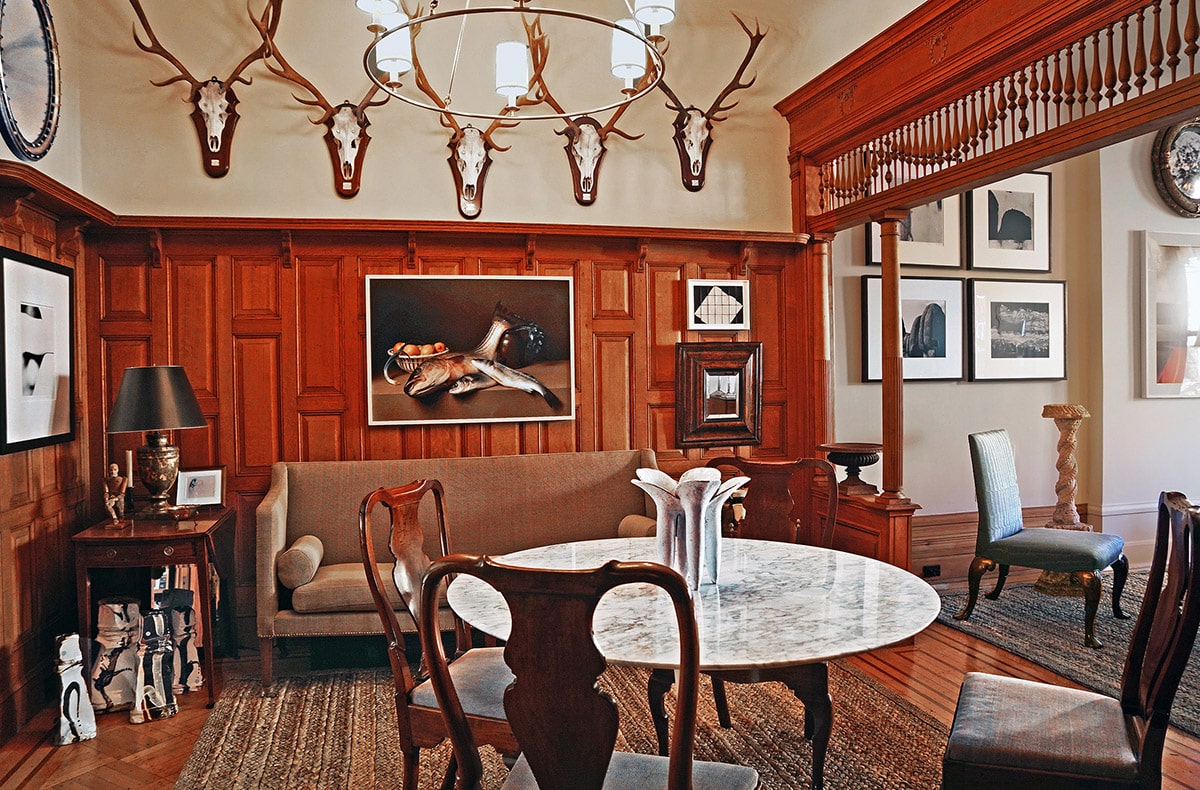
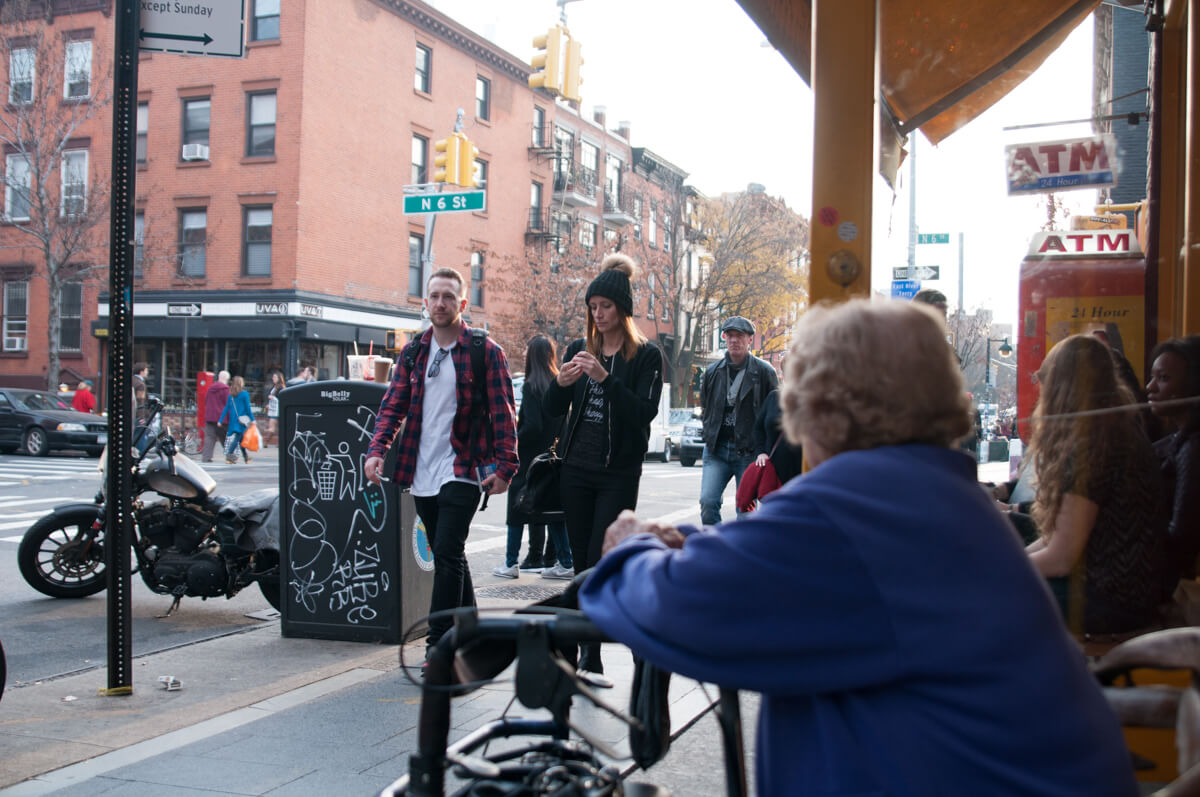
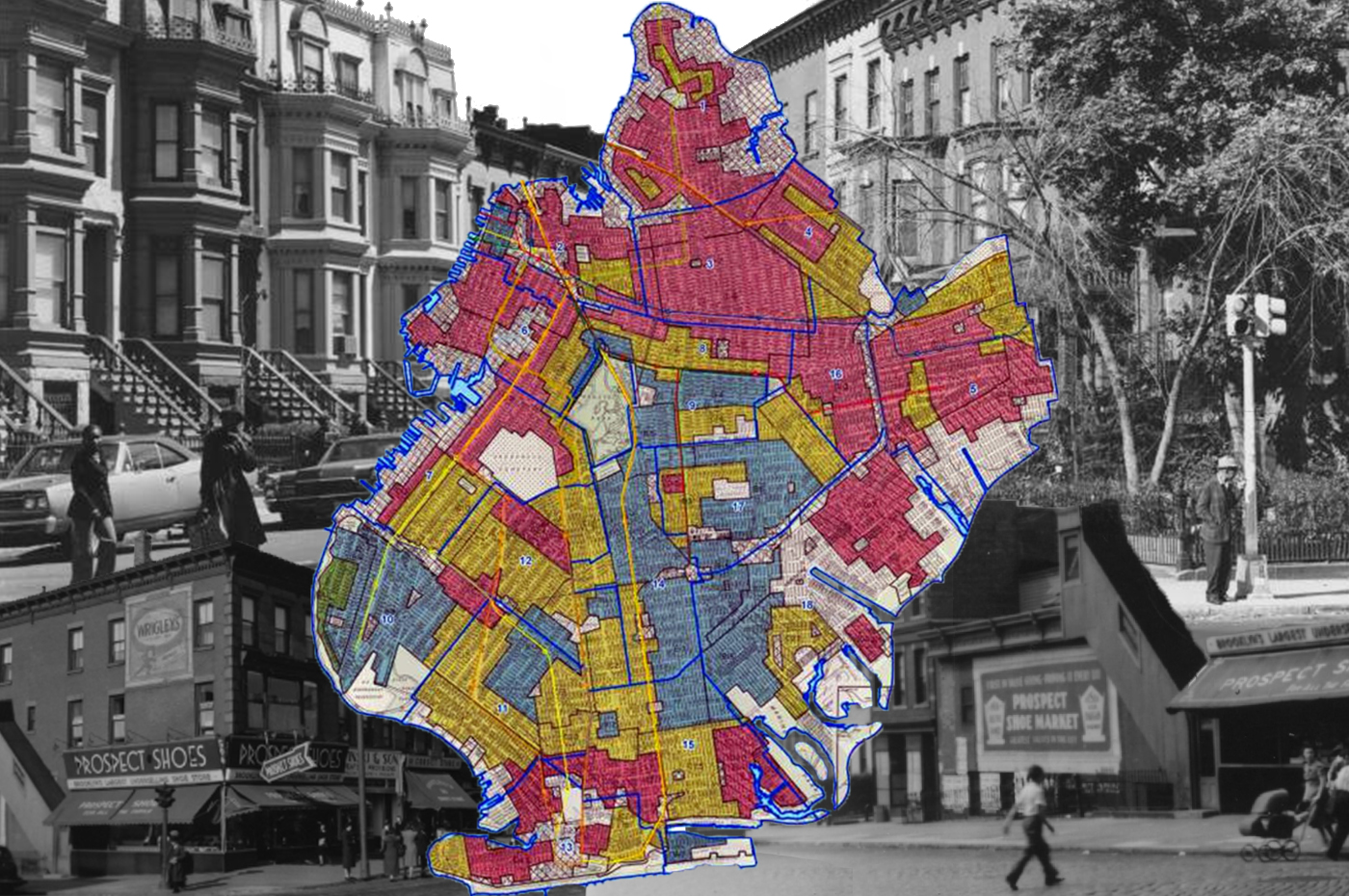
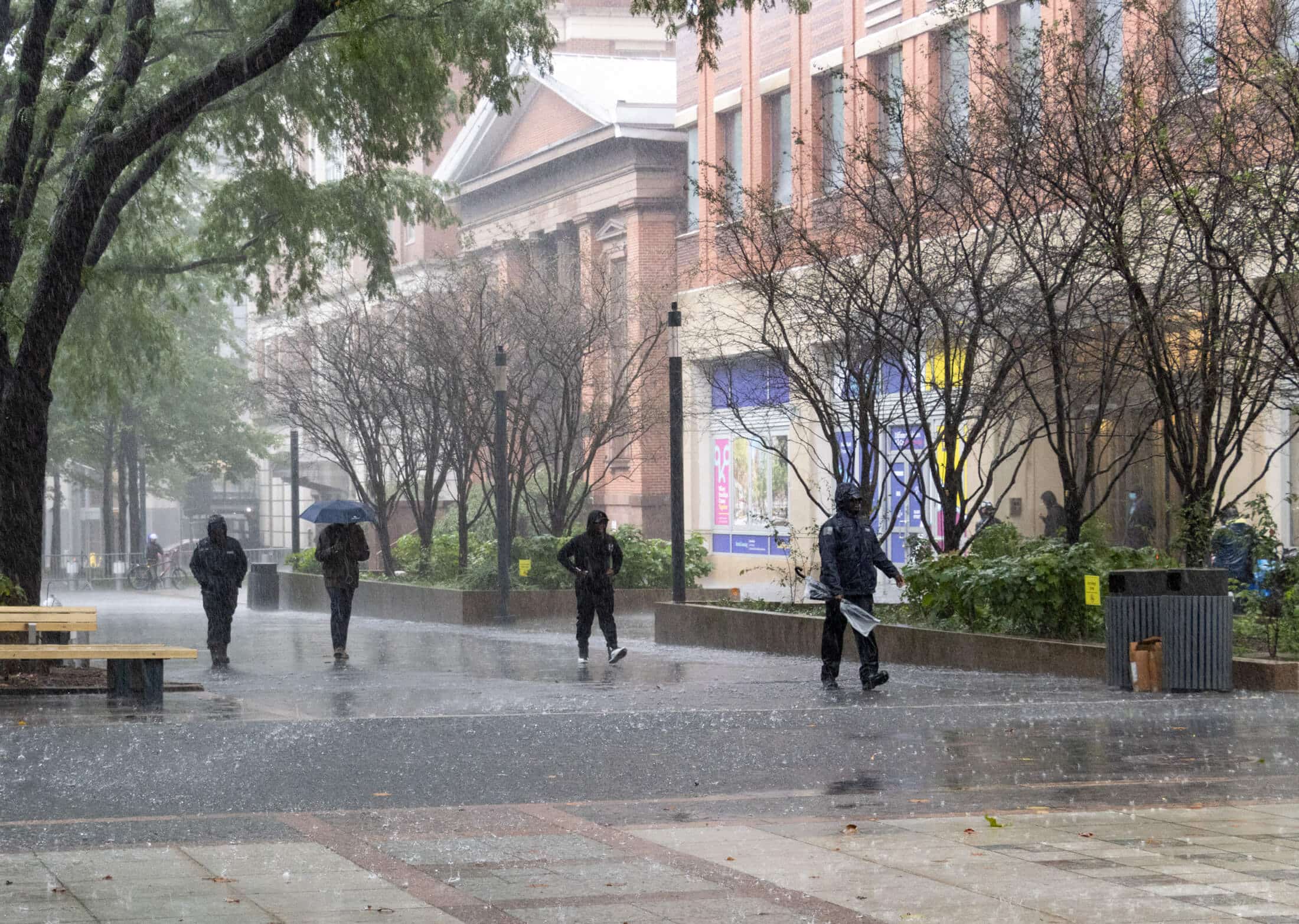



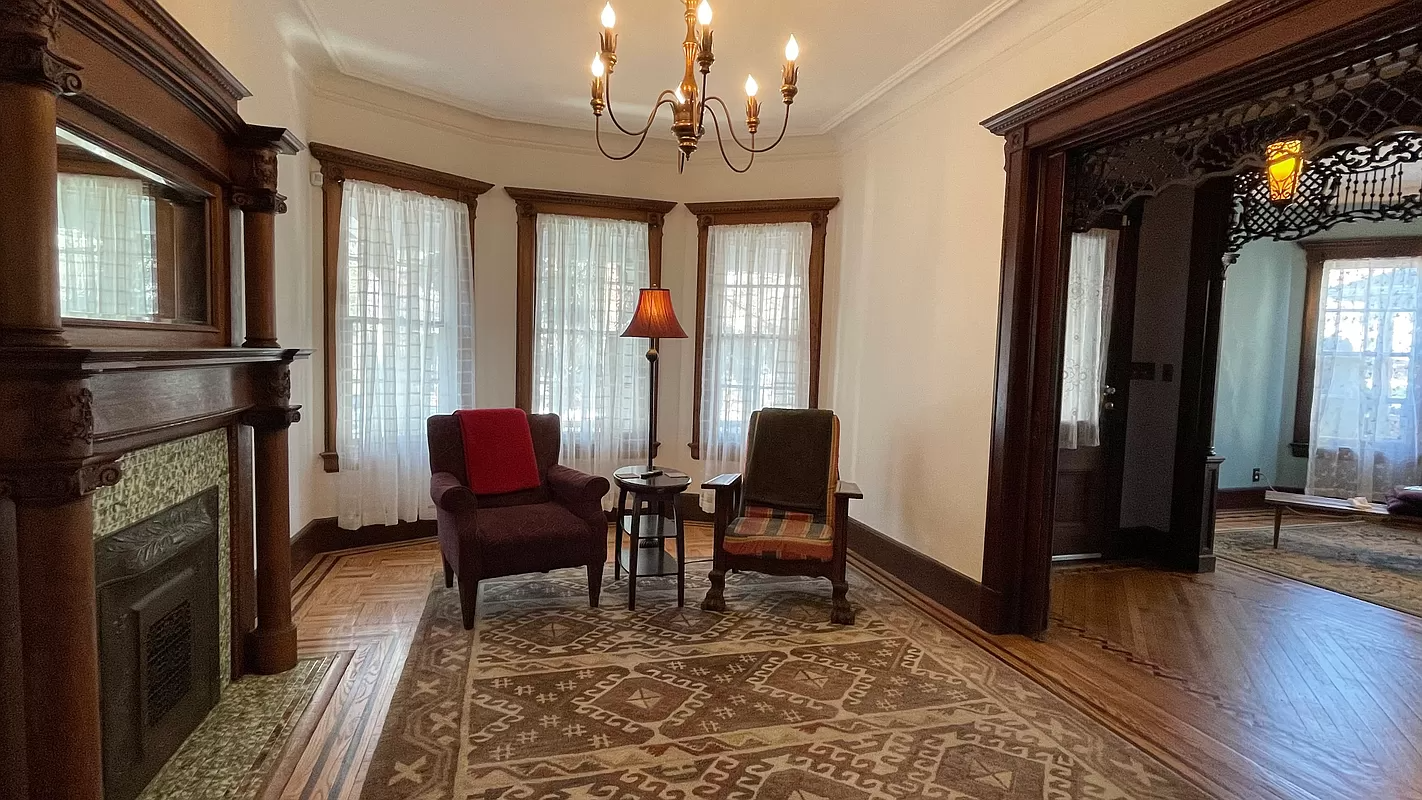
What's Your Take? Leave a Comment